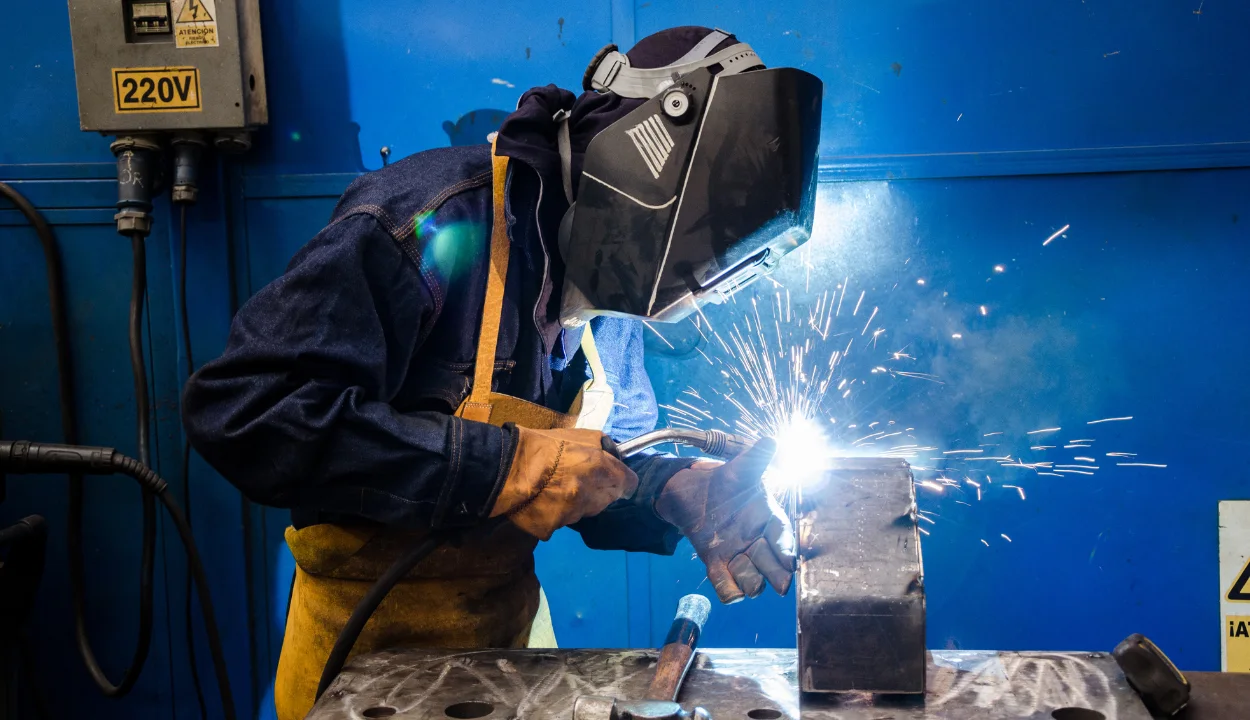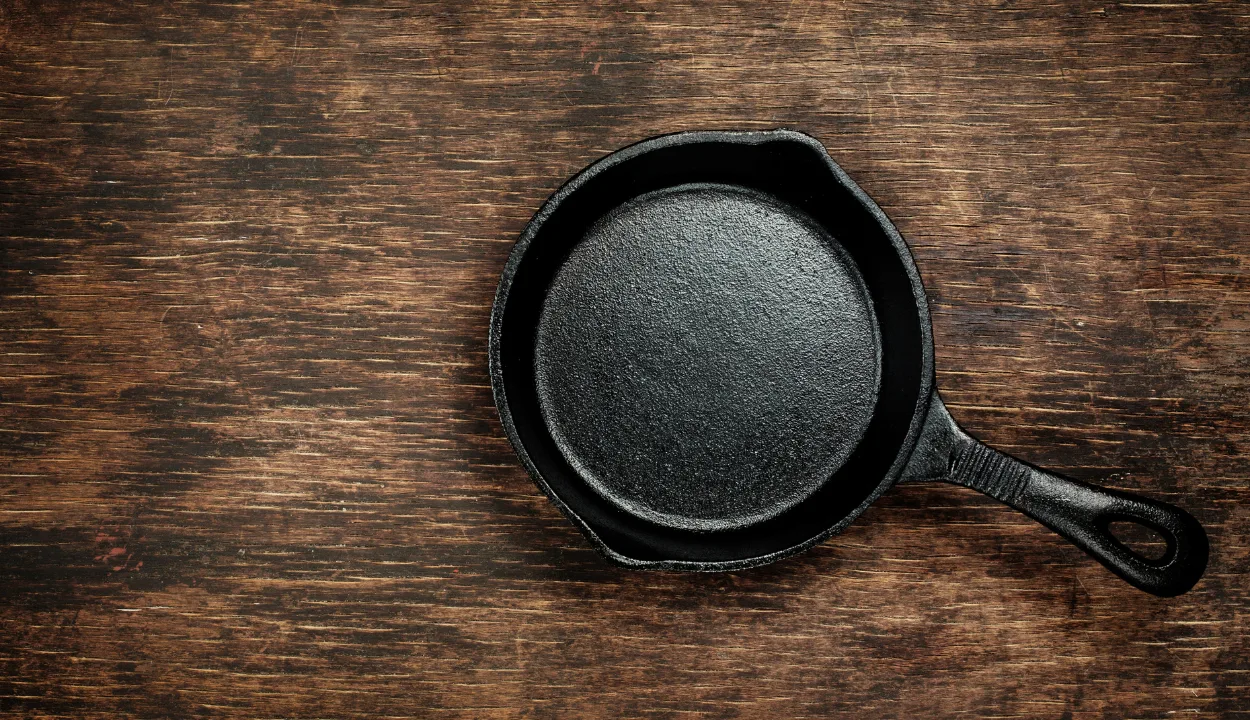If you’re looking for an in-depth analysis of aluminium and cast iron stress-strain curves, then you’ve come to the right place. This article will delve into the differences and similarities between these materials. We will explore their physical properties, as well as how they react under certain forces such as tension and compression.
The stress-strain curve is a graphical representation of the relationship between stress (applied force) and strain (changes in dimension due to the applied force). It’s an important tool used to measure how various materials respond during loading, so it can be used to compare different materials.
In this article, we will look at the stress-strain curves of aluminium and cast iron, analyze their curves in detail, and discuss what factors contribute to the differences we observe. By the end of this article, you should have a better understanding of how these two materials compare regarding their stress-strain behaviour.
Understanding Stress-Strain Mechanics
Understanding the difference between the stress-strain curves of aluminium and cast iron is important to many engineering and manufacturing applications. To that end, let’s take a look at what makes these two materials so distinct. At first glance, it appears both share a similar shape—an initial linear elastic portion followed by a nonlinear plastic portion. However, the difference lies in their respective strengths and ductilities.

Aluminum has a higher strength-to-weight ratio than cast iron, meaning that it can withstand a greater amount of strain before reaching its yield point. It also can be bent or formed without cracking, making it more ductile than cast iron and better suited for thin-walled components that need to accommodate high tensile forces without fracturing.
By contrast, cast iron exhibits less ductility than aluminum and therefore requires a thicker-walled component when faced with similar loading conditions. This is because its higher yield strength allows it to be used in applications exposed to high levels of pressure or stress without experiencing structural deformation or failure.
Overall, aluminum is great for lightweight materials that must withstand extensive bending and stretching, while cast iron is great for heavy-duty components where minimal deformation can be tolerated.
Examining The Properties Of Aluminium & Cast Iron
Understanding the difference between aluminium and cast iron stress-strain curves can be made easier by examining the properties of each material.
Properties Of Aluminum
- Aluminum is a light, ductile metal that has a higher strength-to-weight ratio than any other common structural material.
- Its strength is determined by its microstructure, which consists of grains or particles that are surrounded by an amorphous matrix. This gives aluminium greater ductility and malleability under applied stress.
Properties Of Cast Iron
- Cast iron is a ferrous alloy made from carbon and silicon. It has higher tensile strength than aluminium but is more brittle, meaning it is less able to handle applied stress before failing or deforming permanently.
- Cast iron has a lower density compared to aluminium and tends to absorb more shock before failing.
| Properties | Aluminum | Cast Iron |
|---|---|---|
| Composition | Lightweight, soft, and malleable metal | Hard and brittle metal that is prone to cracking |
| Stress-Strain Curve | Shows a gradual increase in stress with strain | Shows a steep increase in stress with strain |
| Yield Strength | Lower yield strength | Higher yield strength |
| Ductility | Higher ductility | Lower ductility |
| Tensile Strength | Lower tensile strength | Higher tensile strength |
| Elongation at Break | Higher elongation at break | Lower elongation at break |
| Applications | Used in lightweight structures and products | Used in products requiring high strength and wear |
| Advantages | Lightweight and corrosion-resistant | High strength and wear-resistant |
| Disadvantages | Lower strength and durability compared to other metals | Prone to cracking and not suitable for lightweight structures |
| Examples of use | Aircraft parts, cans, and cookware | Engine blocks, pipes, and machinery parts |
These differences in properties explain why aluminium and cast iron have different stress-strain curves when subjected to an applied load. Aluminum will deform elastically before finally reaching its ultimate strain point while cast iron will reach its ultimate failure point much sooner with relatively less elastic deformation where it will break catastrophically. Check the following video for more details:
Interpretation Of The Stress-Strain Curves
When it comes to understanding the differences between Aluminum and Cast Iron Stress-Strain Curves, there are a few key points to interpret.

Differences In Modulus Of Elasticity
Aluminum typically has a modulus of elasticity that is roughly one-third that of cast iron, which has an associated impact on their respective stress-strain curves. This means that while both materials will have similar maximum strengths, aluminium’s strain will be greater than cast iron’s before reaching the same point.
Work Hardening & Plasticity
Aluminum’s strain rate will also be much higher before reaching a point of work hardening or plasticity. This can be seen by the steep slope on its curve of strain versus stress up until about 0.4% plastic strain – past this point, aluminium’s curve begins to level off as it has reached its upper limit in strain. On the other hand, cast iron’s stress-strain curve shows work hardening and plasticity much earlier on in the process – at around 0.2%.
From these points alone, it is clear why aluminium is favoured for many applications compared to cast iron due to its lighter weight yet high strength characteristics. Not only does it have a greater strength-to-weight ratio but also a lower yield stress compared to cast iron which makes it more malleable and resilient against force and fatigue during prolonged use.
Comparing Load Bearing Characteristics
Comparing the load-bearing characteristics of aluminium and cast iron is an important factor when considering which metal to use in your project. But to understand the difference, let’s look more closely at the stress-strain curves of each material:
Aluminium
Aluminum has a relatively low yield strength (YS), meaning it can deform easily under pressure. The YS of aluminium increases with temperature, but after a certain point, it begins to decrease again. This is known as its Ultimate Tensile Strength (UTS). UTS is a measurement of the maximum stress that a metal can withstand before it breaks.
Cast Iron
Cast iron has a much higher YS than aluminium, meaning it can bear considerably more load without deforming or breaking. Its UTS falls between aluminium and steel, making it an ideal metal for projects where increased strength is needed but steel is too heavy or expensive.

The combination of aluminium’s high ductility and low density and cast iron’s strength and durability make them both useful materials in many applications, from automotive parts to construction projects. It’s important to carefully consider the characteristics of each material when choosing which one best suits your project requirements.
Understanding Yield Strength & Ultimate Strength Comparisons
If you are comparing materials based on their stress-strain curves, then you should understand the difference between yield strength and ultimate strength.
Yield strength is defined as the amount of stress a material can withstand before it begins to permanently deform, whereas ultimate strength is the maximum amount of stress a material can take prior to fracture.
Both yield strength and ultimate strength depend not only on the material’s composition but also its temperature; higher temperatures will decrease both yield and ultimate strengths. When comparing aluminium and cast iron in terms of their stress-strain curves, it’s important to note that
- Cast iron generally has a much higher yield strength than aluminum, making it a better choice for applications that require structural stability.
- On the other hand, aluminum generally has higher ultimate strengths than cast iron which makes it better suited for applications that require greater durability.
Factors Affecting Deformation Behavior & Plasticity
As their stress-strain curves differ, there are several factors which affect the deformation behavior of aluminum and cast iron, such as:
Impact Strength
The impact strength of a material is its ability to resist cracking or fracturing when subjected to an applied force. Aluminum has a higher impact strength than cast iron as it is more resistant to sudden impacts than cast iron.
Yield Strength
The yield strength of a material is the stress at which permanent deformation occurs when the applied load exceeds this point. Cast iron has much higher yield strength than aluminum due to its higher fatigue limit, allowing it to withstand greater loads for longer periods before showing signs of permanent deformation.
Plasticity
The plasticity of a material refers to its ability to retain its form after having been stretched or bent. Aluminum has higher plasticity than cast iron due to its lower yield point and tensile strength combined with its high ductility and elongation properties. This makes aluminium more suitable for applications requiring materials with high levels of plasticity such as pipes and wires.
FAQs
What is the difference between aluminium and cast iron stress-strain curves?
The main difference between the two is that aluminum has a gradual increase in stress with strain, while cast iron has a steep increase in stress with strain.
Cast iron has a higher yield strength, while aluminum has higher ductility.
What are the applications of aluminum and cast iron?
Aluminum is commonly used in lightweight structures and products such as aircraft parts, cans, and cookware.
Cast iron, on the other hand, is used in products that require high strength and wear resistance, such as engine blocks, pipes, and machinery parts.
What are the advantages and disadvantages of aluminum and cast iron?
Aluminum is lightweight and corrosion-resistant, making it suitable for a wide range of applications. However, it also has lower strength and durability compared to other metals.
Cast iron, on the other hand, has high strength and wear resistance, but is prone to cracking and not suitable for lightweight structures.
Conclusion
- In conclusion, the differences between Aluminum and Cast Iron stress-strain curves demonstrate the potential ways materials can react to strain.
- The flexibility and strength of Aluminum and Cast-Iron are valuable for designers. Due to the different properties of Aluminum and Cast-Iron, the two materials behave differently under varying stress and strain.
- The unique stress-strain behaviour of Aluminum and Cast-Iron can be used to maximize their performances under specific conditions and optimize their applications.
- Therefore, it is beneficial for designers to consider the differences between Aluminum and Cast-Iron stress-strain curves when designing products.

